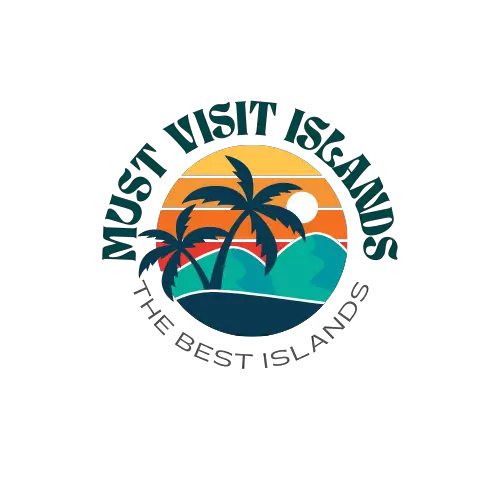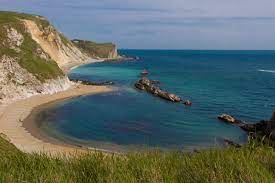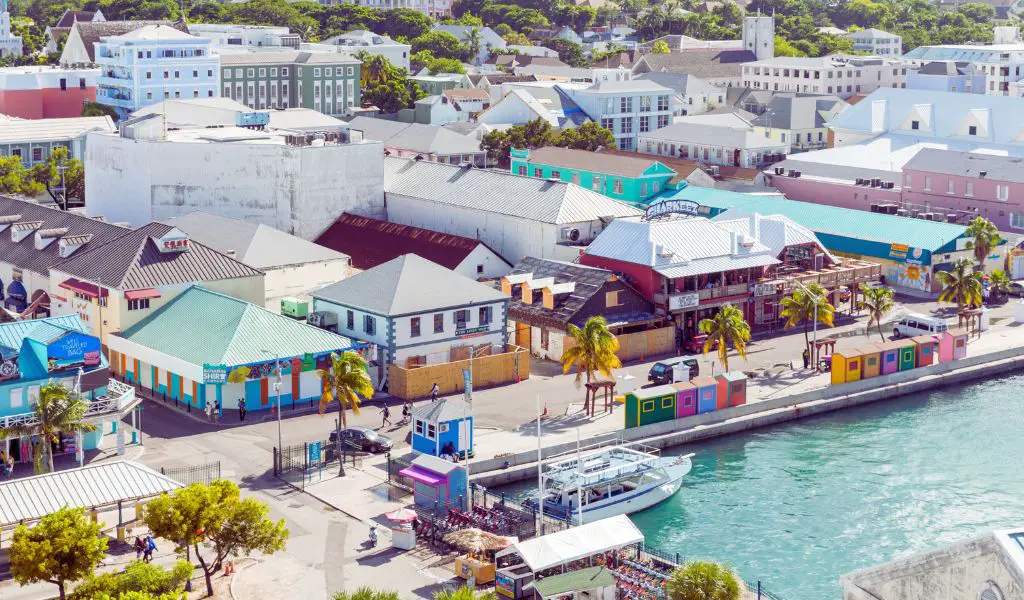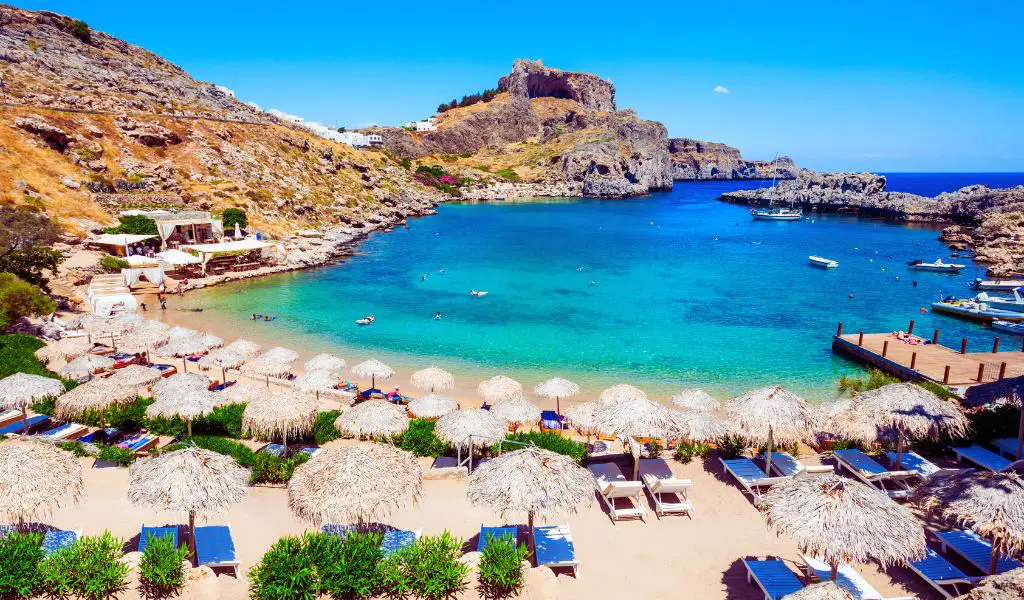Holmoarna, also known as the islet islands, is a captivating island group nestled in the Kvarken narrows of the Gulf of Bothnia, between Sweden and Finland. These islands are part of Umeå Municipality in Västerbotten County, and they boast unique geographical features, rich history, and abundant natural beauty. Holmoarna offers a haven for nature enthusiasts, history buffs, and those seeking tranquility away from bustling cities.
Nature and Geography
Holmoarna’s natural landscape is characterized by a diverse range of geographical features.
Forests, bogs, lakes, and picturesque coastlines grace the islands, creating a breathtaking scenery.
The islands are home to a vibrant birdlife, making it a paradise for birdwatchers and nature photographers.
In recognition of its exceptional natural beauty, large portions of Holmögadd, Stora Fjäderägg, Grossgrunden, Ängesön, and the eastern half of Holmön, including the surrounding waters, have been protected as a nature reserve since 1980, forming Sweden’s largest island nature reserve.
The islands of Holmoarna also boast fascinating geological phenomena.
Many of the lakes and pools found on the islands were once bays and inlets that became separated from the sea due to the rising land mass, growing by approximately 8.5 mm (about ⅓”) each year.
The highest point in Holmoarna is Strandbjerget, standing at 25.83 meters above sea level and located at the northern end of Holmön.
Holmön
Holmön serves as the main island of the Holmoarna group and is primarily covered in spruce forests.
The preserved main village of Holmö By is surrounded by open fields divided by narrow bands of woodland and stone walls, offering glimpses of the island’s agricultural heritage.
Holmö By features essential amenities such as a church, primary school, fire station, and a trade cooperative providing groceries, alcoholic beverages, petrol, as well as apothecary, library, and postal services.
Byviken village, situated on the northwestern tip of Holmön, acts as a hub for transportation with its ferry and marina facilities.
It is also home to the Ship Museum, a tourist information center, a restaurant, a bathing beach, and the Holmögården youth hostel.
A short distance southwest of Byviken lies Berguddens fyrplats, a locality hosting a lighthouse dating back to 1896, alongside lighthouse keepers’ cabins now converted into a hostel.
To the southeast of Holmön, Gäddbäckssundet (locally known as “Jäbbäckssundet”) provides a secure anchorage while separating Holmön from the island of Ängesön.
Ängesön
Ängesön, slightly larger than Holmön, showcases a captivating landscape with cut-off inlets, pools, and bogs, once used for reed harvesting.
The road leading from Byviken, passing through Holmö By, ends near Grossgrunden on the southern tip of Ängesön.
Grossgrunden
Grossgrunden, derived from Old Norse grjót meaning “rock” and grund meaning “bottom,” was once a treacherous rocky shoal.
However, due to the post-glacial rebound, it has become a proper island surrounded by outlying islets.
Stora Fjäderägg
Stora Fjäderägg, located northeast of Holmön, is a significant islet known for its lighthouse, bird conservation center, and hostel.
It serves as an essential resting point for migratory birds on their journey to Asia and Africa.
The southern half of the island boasts ancient stone markings shaped like labyrinths and compass roses, remnants of its history as a fishing and sealing base.
The former lighthouse keeper’s residence now houses a youth hostel, welcoming visitors to experience the island’s charm.
Holmögadd
Holmögadd, separated from Grossgrunden by Gaddströmmen sound, marks the southernmost tip of the Holmoarna islands.
This island is renowned for its lighthouse, dating back to 1770.
Previously used as a military shooting range from 1940, Holmögadd has now been dismantled, allowing visitors to appreciate its natural beauty without restrictions.
Population
Holmoarna is home to 75 year-round inhabitants. The islands offer a tranquil escape from bustling cities, providing a serene atmosphere for those seeking solace in nature.
When to Go
Holmoarna’s climate is influenced by its coastal location, resulting in a marine type of the humid continental climate regime.
The temperatures resemble those found in coastal areas of Newfoundland, Canada, but with less snow and rainfall.
The region could be classified as the northernmost continental zone in the world, according to the Köppen climate classification.
The warmest months are July and August, offering pleasant weather for outdoor activities, while September is known for its warmer temperatures compared to inland areas.
How to Get There
Holmoarna can be reached via a car ferry that operates between Byviken on Holmön and Norrfjärden on the mainland.
The ferry service is available during the ice-free months, with the journey taking approximately 45 minutes.
During winter when the ice becomes too thick, a hydrocopter or helicopter service may be provided.
Additionally, the Holmöslupen, a reconstructed sloop, occasionally sails between Byviken and Stora Fjäderägg, offering a unique transportation experience.
Highlights
Nature Reserves: Explore the extensive nature reserves of Holmoarna, encompassing Holmögadd, Stora Fjäderägg, Grossgrunden, Ängesön, and parts of Holmön.
Discover the diverse flora and fauna, pristine landscapes, and birdwatching opportunities.
Historical Landmarks: Immerse yourself in the island’s rich history by visiting landmarks such as the lighthouse on Holmögadd, the Ship Museum in Byviken, and the ancient stone markings on Stora Fjäderägg.
Cultural Festivals: Experience the vibrant cultural scene by attending the annual Postrodden festival, celebrating the islanders’ historical duty to transport mail and travelers across Kvarken.
Don’t miss the Visfestival Holmön, a folk festival held every July since 1994, showcasing traditional music and local talents.
What You Should Know
Currency: The official currency is the Swedish Krona (SEK). Ensure you have local currency on hand as some establishments may not accept cards.
Language: The primary language spoken in Holmoarna is Swedish. English is widely understood in tourist areas.
Services: Holmö By offers essential services such as groceries, alcoholic beverages, petrol, and a range of amenities including apothecary, library, and postal services.
FAQs (Frequently Asked Questions)
Can I visit Holmoarna year-round?
Yes, Holmoarna can be visited throughout the year. However, the best time to visit for pleasant weather and outdoor activities is during the summer months, particularly July and August.
Are there accommodations available on the islands?
Yes, there are accommodations available on Holmoarna. Holmögården youth hostel in Byviken, the lighthouse keeper’s residence hostel on Stora Fjäderägg, and other lodging options offer comfortable stays for visitors.
Are there any specific rules or regulations to follow in the nature reserves?
To preserve the unique ecosystems, visitors are encouraged to adhere to the rules and regulations set in the nature reserves. These may include restrictions on camping, littering, and disturbing wildlife. Always respect the natural environment and follow the guidelines provided.





